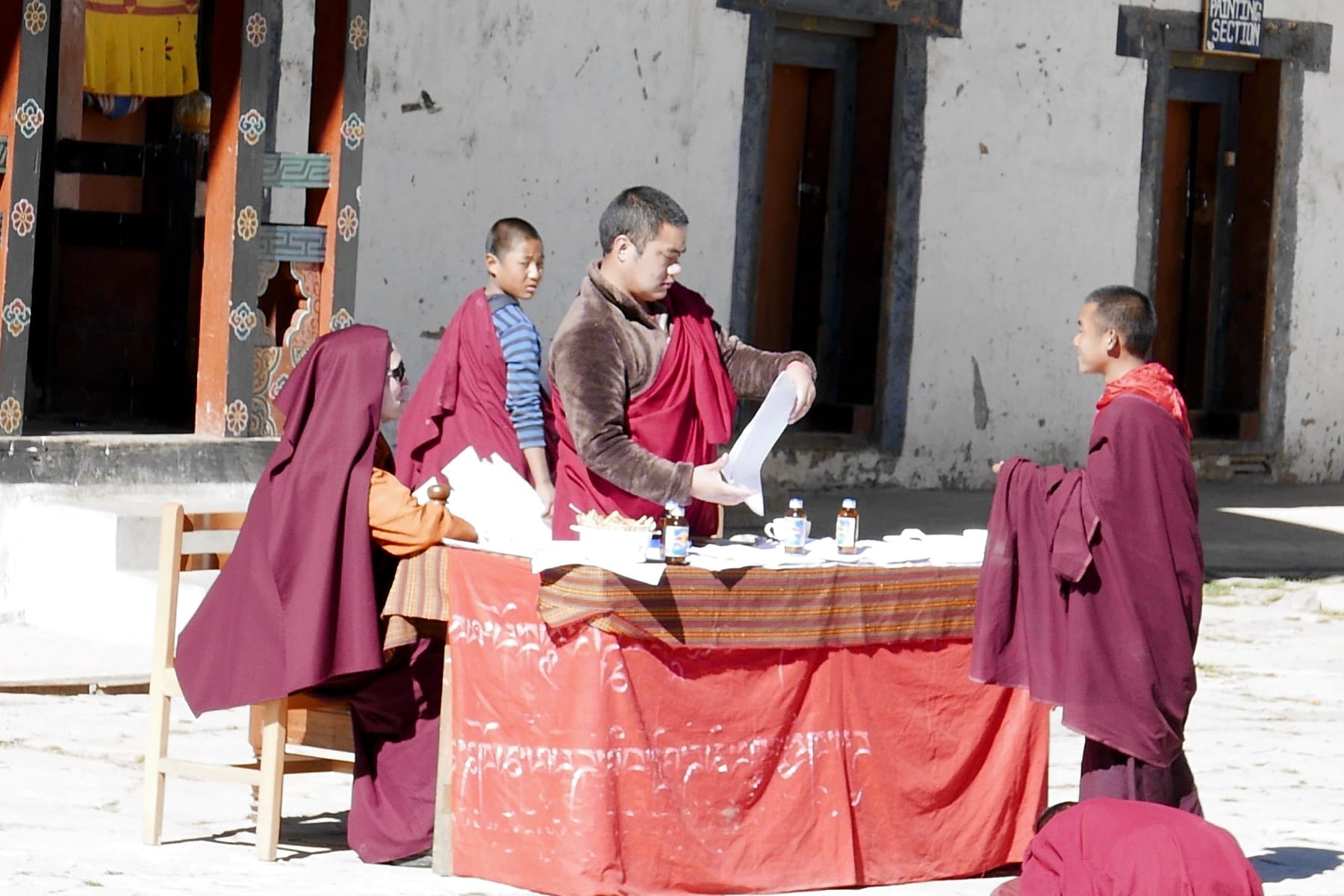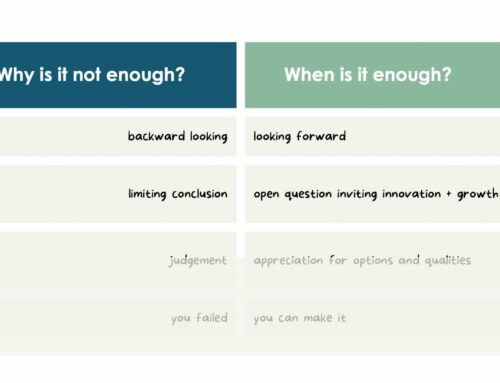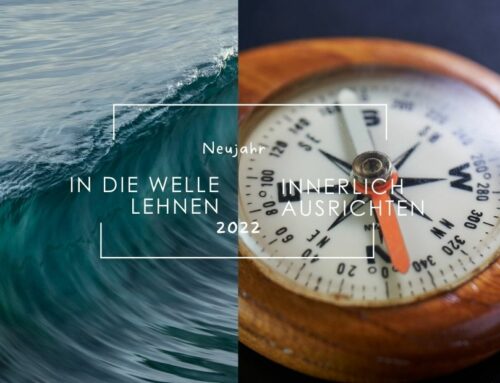Is Happiness measurable?
Gross National Happiness
November 20, 2020
Those, who have at least heard a bit about Gross National Happiness Index, often ask me, when speaking about my passion for Bhutan (see also Gross National Happiness As Core Paradigm Of Development) : „Are these people really happy? How do they measure it?“
There are approaches to measure wellbeing: For instance the World Happiness Report ranks regularly most happy countries of the world, based on a random survey considering hard facts like social indicators, employment rates, but as well individuell scoring in wellbeing, having a choice in life or work-life balance. The Scandinavian nations score regularly very high on this ranking, Australia is on 11th, Costa Rica on 12th, Germany on 17th place behind UK (15th) but ahead of USA (19). Bhutan ranks 95, just behind China (93), ahead of Nepal (100) and India (140). How does it come to such a devasting result, when Happiness has been so relevant for many years as main purpose of good governance?
The GNH House
Three main bodies have been established by the government to drive exposure, activities, execution and measurement of development in Happiness in Bhutan:
Gross National Happiness Commission – the planning commission responsible for development, policy-definition, approval and execution of the main goals of GNH across public, environmental, economical and private life in Bhutan. Link to homepage GNH Commission
Gross National Happiness Centre – responsible for spreading the message on the purpose and impact of GNH in education, youth development and in media inside and outside of Bhutan. Link to homepage GNH Centre
Centre of Bhutan studies & Gross National Happiness Research – responsible for tracking and research on the GNH Index and the development of GNH inside of Bhutan. Link to Centre of Bhutan studies
The way to the Gross National Happiness Index
These institutions have developed a survey or Census in order to track the development. The waves for the survey taking place every 2 years are embedded in the schedule of a 5-years-cycle for renovation and improvement of Gross National Happiness policies. The survey follows standardized statistical norms and the methodology.
The very beginning of this survey was quite complex and it took many hours to go through all questions. The interviewer travels throughout the whole country to visit private households. But the survey is a living document, which had been simplified by reducing the number of key indicators from 70 to 33. Together with progress in digital approach now the survey can be executed in 1,5 – 2 hours. Have a look on the survey from 2015 following this link: Link to GNH Survey questionnaire 2015
The questionnaire covers the 33 key indicators related to the 9 domains (see the indicators in this graph displayed in my feature about the basics on GNH). Each question has a weighting code related to the different weighting of the 9 domains.
Latest Results
Main message of latest results in 2015 were: 43,4% of Bhutanese citizens are deeply happy or extensively happy, 56,6% are only narrowly happy, including 8,8% claiming, that they are unhappy. This number had declined from total 59% in 2010.
Over all, across the 33 indicators it’s evident, that Bhutanese people struggle with some domains, especially those with lack of progress in an under-developed country: The key indicators of life-standards, education and healthcare show most of the room for improvement. Link to 2015 GNH Index results
And the matter of fact, that Bhutan is behind in progress in life-standards may be the root-cause not to rank higher in Global comparisons with other countries, where progress in life-standards and technologies is definitely a driver for higher satisfaction.
Happiness is very subjective, but crucial for transformation with purpose
One of the biggest critics [see Karma Phuntsho, The History Of Bhutan, The dragon’s tryst with happiness], the system of Gross National Happiness Index faces from the beginning: GNH was only a theory, an intellectual construction made to make „happy“ a few and to drive projects for self-reflection for an elite, far away from real life reality.
The permanent challenge for the leaders in Bhutan is, not simply to increase pure indices. It’s about reading the results and taking the right conclusions. They have to answer the question: How to drive improvement and progress by empowering the people to take action themselves. Finding approaches for grasroots engagement is very relevant to unlock energy for enterprising – and absolutely in line with GNH values to drive economical wealth, ecological resilience combined with individual engagement and psychological wellbeing:
I met with so many individuals in Bhutan who showed energy, a strong drive and creativity for their own business – combined with the attitude of genuin mindfulness and compassion and a great respect and generosity for the community, which I experienced so often. If the leaders stay open minded for this kind of vibration, then they have a good chance not to lose themselves in lofty spheres chasing for simple indices, but driving real development.





